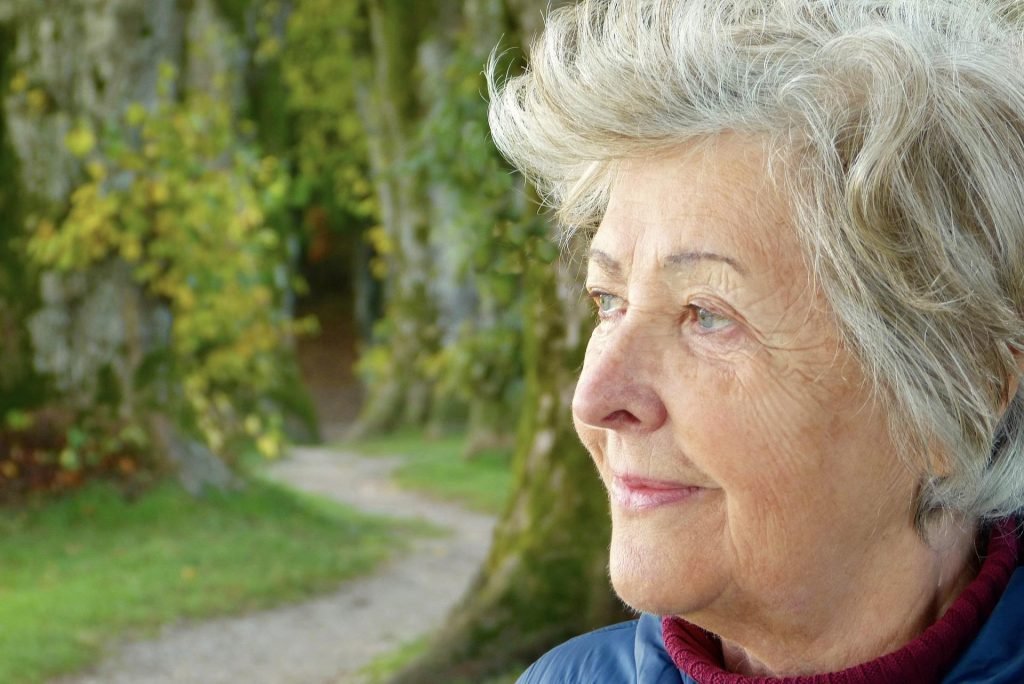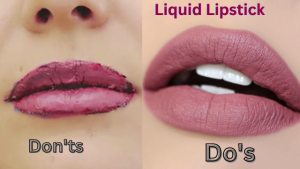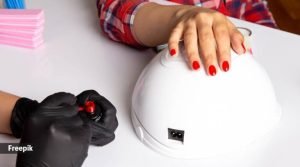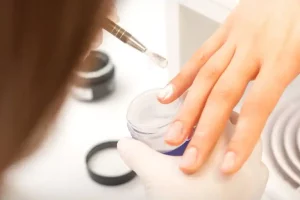How to care for dry skin in older adults

To take care of the dry skin of older adults, various measures must be taken related to food, sun exposure and hygiene products, among others. We tell you here.
Dry skin in older adults brings various problems, such as redness, irritation, roughness, cracking, peeling and more chance of bruising, among others.
There are measures that can be taken to reduce these symptoms.
Table of Contents
Signs of dry skin in older adults
Age-induced dryness can affect different skin types equally. This, in turn, can be seen more noticeably in some areas, such as the lower legs, elbows and folds.
loses its ability to efficiently store moisture
For its part, the dermis loses elasticity and density, due to the decrease in collagen production , both due to the aging of fibroblasts and a lower level of mechanical stimulation. And in the deeper layers, the adipocytes (cells that store fat) are reduced in size and number.
As a consequence, the following signs can be observed:
wrinkles.
Itch.
Thinner skin.
Stains form.
Moisture loss.
Cracking and peeling.
Cuts and wounds take longer to heal.
Factors that increase skin dryness
The aging and dryness of the skin in older adults, as well as the aforementioned symptoms, will be much more intense and noticeable if other factors are added. Some are preventable, so we tell you about them so you can take them into account.
Pathologies
dry skin is one of the most frequent alterations in diabetic patients
hormonal disorders
The production of elastic fibers is affected.
Sun exposure
is associated with the development of various skin diseases
Hydration
consume little liquid during the day,
Cosmetic and hygiene products
when the pH of the products is greater than 8, it affects the natural oils of the skin
genetic predisposition
the impact of environmental factors may be less on dark skin
Other factors
There are other possible reasons why dry skin may be worse:
1.Stress.
2.Smoke.
3.Living in places with very dry or cold air.
4.Take frequent hot tub baths.
5.Medications such as antihypertensive diuretics, corticosteroids, oral contraceptives , antineoplastics and 6.retrovirals.
7.How to take care of dry skin in older adults?
8.dry skin care in older adults should be comprehensive
Hydrate and moisturize
fluid intake should be improved
On the other hand, the use of moisturizing topical products (creams or gels) is recommended. Preferably, these should be applied after bathing to help lock in moisture.
Caution with hygiene products
it is recommended to avoid alkaline solutions, perfumes, dyes and certain chemicals
Avoid cold and dry air
if we are in an environment where the air is very dry, we must procure a humidifier
Also, in summer time, when the environment is very hot; or on the contrary, in winter, when the temperature drops; precautions must be taken to prevent the moisture balance from being disturbed.
Reduce sun exposure
the effect of ultraviolet radiation is cumulative.
Therefore, when going outside, some measures must be taken:
- Avoid the hours of greatest intensity of sunlight.
- Use a broad spectrum protector.
- Put on glasses and hat.
- Wear clothing that covers and protects.
- Walk in the shade.
- Don’t tan, even with tanning lamps or beds .
avoid hot water
water that is too hot should be avoided
Take care of food
a diet rich in antioxidants can reduce the effects of oxidative stress.
In this sense, among the recommended foods for dry skin are the following:
- With lots of water: watermelon, melon, orange, grape, tomato, cucumber, onion.
- Rich in beta carotene: spinach, carrots, pumpkin, pepper.
- High in vitamin B: meat, eggs, dairy.
- Rich in zinc: oysters, sardines, pumpkin seeds.
- With good sulfur content: asparagus, garlic.
- Sources of omega 3 fatty acids: fish, shellfish, nuts.
When to go to the doctor?
With age, the skin may show certain changes in its texture or general appearance. However, there are some signs that should be taken into account. For example, itching or redness that lasts over time.
it is important to pay attention to bruises that have no apparent reason
On the other hand, moles, spots or marks should be evaluated taking into account the ABCDE system:
- A symmetry: the parts of the mark look different from each other.
- Edges : if they are irregular.
- Color : yes it has changed.
- Diameter : more than 0.5 cm.
- E volution: grows, changes shape or appearance over time.
If these or other symptoms appear, and there is also bleeding, you should see a doctor to rule out a possible cancer formation.





